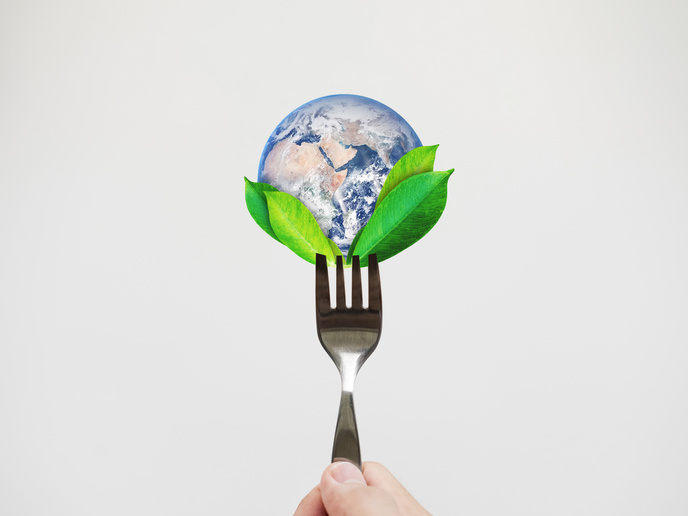Negotiating with a fresh perspective yields mutually beneficial solutions
Rivers and river basins in Africa cut through multiple countries that often have conflicting interests. In the context of the EU-funded DAFNE project, 14 partners from Europe and Africa have joined forces to facilitate collaboration for sustainable and effective solutions to WEF nexus management.
Bringing data and people together
According to project coordinator Paolo Burlando of ETH Zurich, “DAFNE is generating a novel methodological approach to explore alternative planning and management solutions based on the cooperation of public and private stakeholders to enhance understanding of the nexus between water, energy, food, and the environment.” DAFNE’s decision-analytic framework (DAF) integrates local data on infrastructure and the environment with stakeholder objectives and concerns. Reflecting the varied and often competing interests in transboundary river basins, it predicts the anticipated effects of alternative scenarios. The multi-perspective visualisation tool and the Geoportal enable browsing alternative scenarios and the related interconnections among the different WEF issues as emerged from model simulations of the WEF nexus. The DAF and visual tools are exploited in participatory and integrated planning via Negotiation Simulation Labs (NSLs). “The tools help stakeholders to understand the issues from the perspectives of others and thus to expand their current views on the sustainability of present and future management pathways. Ultimately, they facilitate social understanding of impacts and support negotiations,” says Burlando.
Revisiting the past, focusing on the future
The Zambezi River is the longest east-flowing river, traversing six African countries with a basin that spans eight. Four large hydropower dams have been operating along the river since the 1970s with negative ecological impact. The basin is populated by almost 40 million inhabitants and the demand for WEF resources is expected to grow, setting the scene for competition for use of these resources. The Omo-Turkana basin is shared by Ethiopia and Kenya. The Omo River in Ethiopia feeds about 85-90 % of the inflow to Lake Turkana, which is almost entirely in Kenya. Dams for hydropower production and a massive irrigation scheme at the southern part of the Omo River will affect Lake Turkana. Negotiations are ongoing; however, once again, a high level of competition exists for water use. DAFNE tested its approach in these two case studies. Burlando reports: “The NSLs proved to be important social learning experiments in which parties that may be in conflict are gathered around a table to exchange their respective viewpoints, often discovering that they have common interests that can ultimately be translated in shared pathways.”
The power in numbers of all kinds
As a result of its website and social media campaigns, scientific and other publications, and participation in conferences and stakeholder events, DAFNE has reached a large and varied audience. This includes more than 57 000 members of the scientific community, more than 18 000 organisations and individuals from industry, over 3 000 policymakers, and a potential readership of more than 1 million through mainstream media articles. Burlando concludes: “DAFNE’s procedural approach supports the involvement and empowerment of stakeholders throughout the entire process. In the digital era, numbers can facilitate a solution to the competitive use of resources, changing the perspectives of stakeholders from positions that are sometimes resolute to ones that are open to the identification of common interests. This can ultimately lead to more sustainable and mutually beneficial solutions.”
Keywords
DAFNE, river, basin, water, energy and food, Africa, Turkana, lake, transboundary, hydropower, dams, Ethiopia, Kenya, Omo River, aquatic system, decision-analytic framework, negotiation simulation labs, Zambezi







